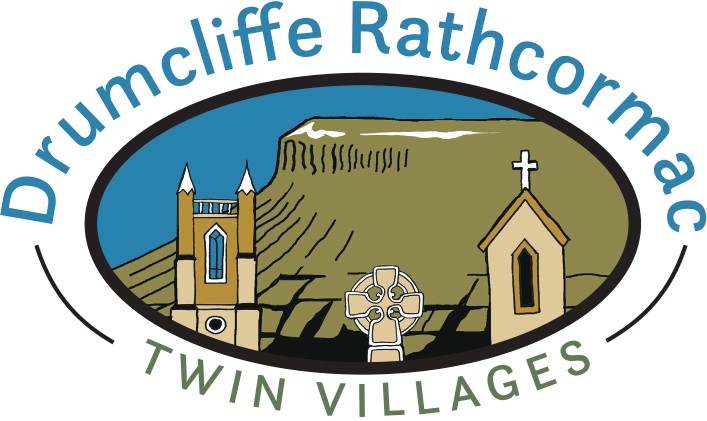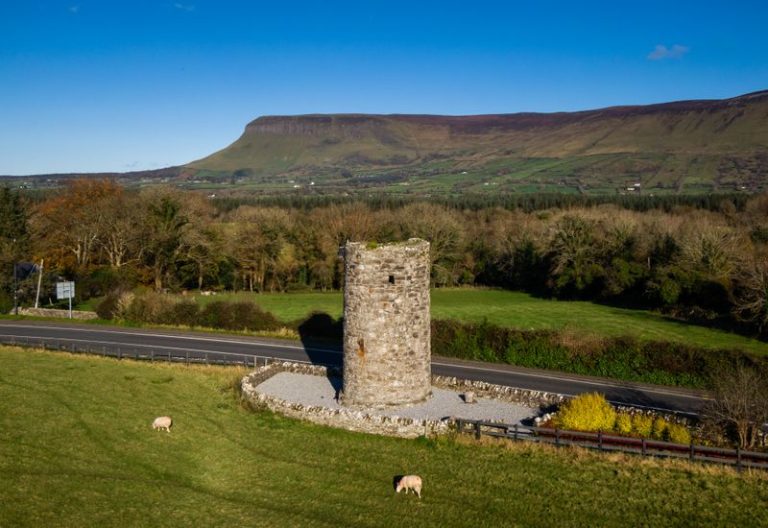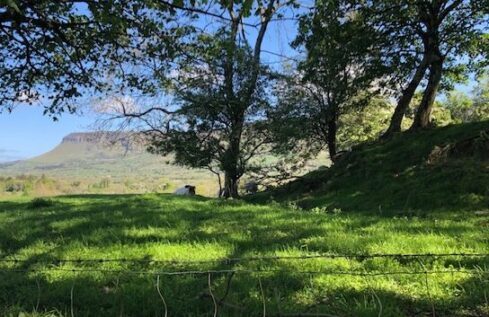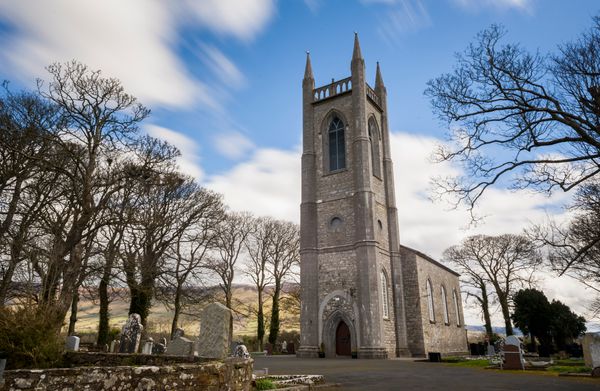The Giant’s Grave
Located at the end of a short trail at the rear of Yeats’ Tavern carpark, on privately owned land, are the remains of a large, man-made stone structure, or megalithic monument, approximately 4,000 years old.
Coolbeg (Irish: An Chúil Bheag) wedge tomb, a National Monument known locally as the ‘Giants Grave’, consists of an 11 metre long passageway flanked on either side by an outer wall of upright stones. These would originally have acted as a supporting wall for the now absent cairn, a man-made stack of stones.
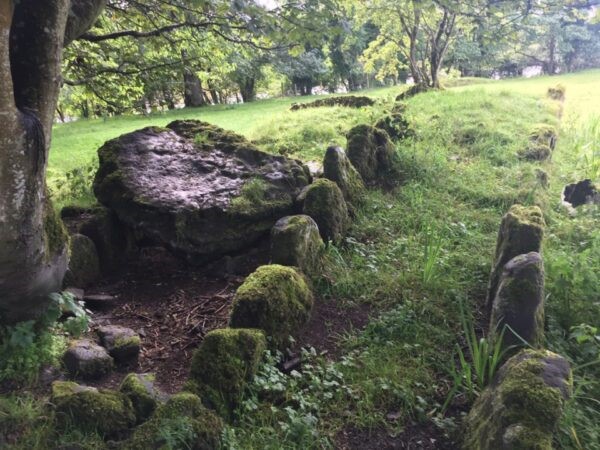
A large roofstone lies across the entrance to the passageway and a further roofstone is present at the eastern end.
Excavation has shown that wedge tombs date from the transition period between the Neolithic and the Bronze Age in Ireland. These tombs are usually wedge shaped in plan, with the tomb entrance at the wider, higher end. Who built this tomb here and why remains a mystery. However, a clue may be the adjacent bridge across the Drumcliffe River, which aligns closely with a traditional fording or crossing point for those traveling this important north-south route in ancient times.
The mid-17th century Down Survey maps of Ireland indicate three lines at the mouth of Drumcliffe River with the annotation ‘A Fishing Were’. Fish traps, or weirs, are artificial barriers of wood or stone, erected across rivers or in coastal waters to trap fish at low tide when they could be more easily caught.
A fearsat or raised causeway located nearby facilitated access across Drumcliffe Estuary at low tide to the Doonierin shoreline opposite. Coolbeg was also the site of a castle commanding this important travel route, of which no visible signs remain.
